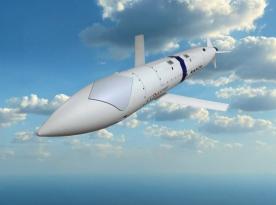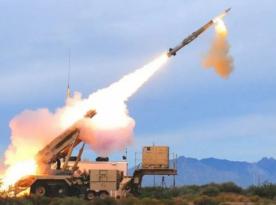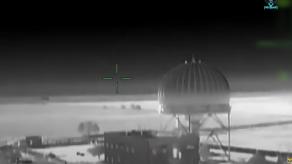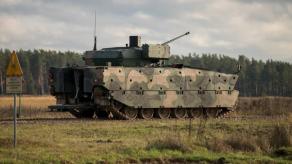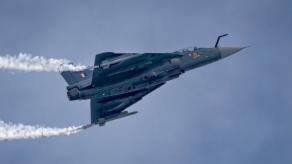The U.S. Space Force prepares to put the Meadowlands electronic warfare anti-satellite weapon into operation after it completes final tests, which were extended by an additional two years.
This system is designed to create interference on communication systems of space vehicles and acts directly on satellites. Unlike most similar systems, including the russian 14Ts227 Tobol that jams GPS in Europe, it is built on a mobile chassis.
Read more: UK, Germany Pledge New Weapons For Ukraine's Sea King Helicopters: Which Missiles Are Compatible
The Meadowlands satellite jammers are set to enter operation in 2025. While these systems were being brought to combat readiness, their developer, the U.S. giant L3Harris, managed to produce five such systems. They will be handed over to the electronic warfare unit of the U.S. Space Force, Space Delta 3, according to information from Space Command reported by Bloomberg.
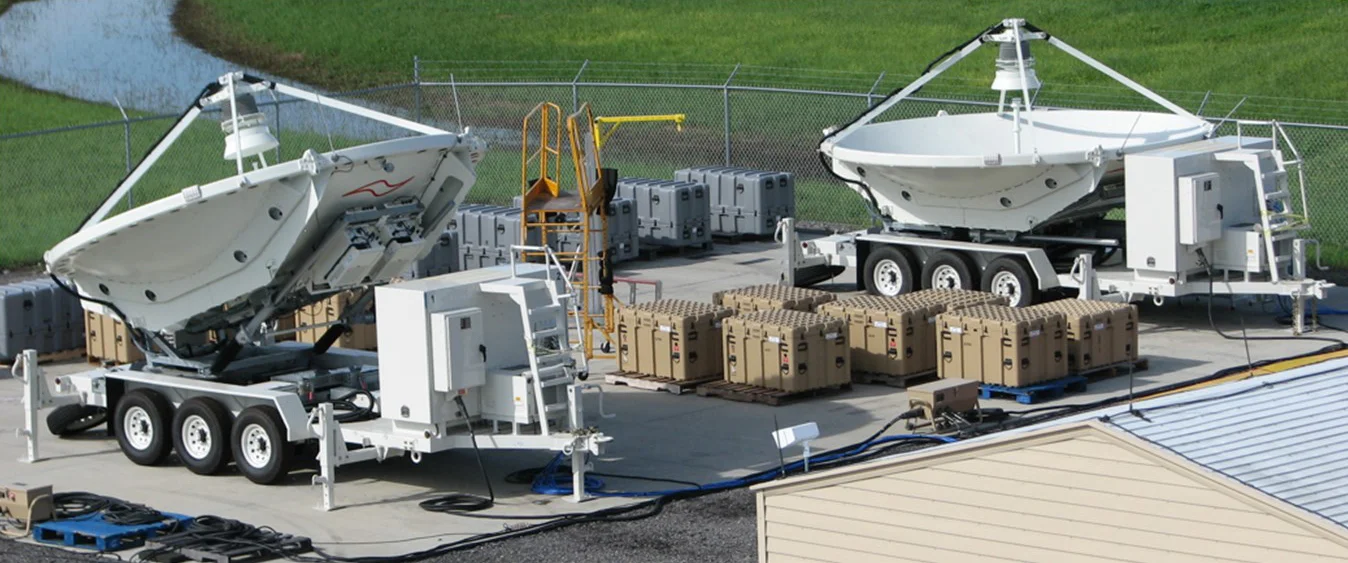
"The Meadowlands system will have significant upgrades in terms of technical performance, and simpler logistics for deployment and sustainment... L3Harris has now completed verification tests, and the program is on track for delivery early next year," L3Harris said in a statement.
Defense Express notes that Meadowlands results from the development of a system known as CCS (Counter Communications System) 10 and its Block 10.2 version, for which L3Harris received a development contract in 2014.
The first CCS Block 10.0 version was initially deployed in 2004 with three systems. Its upgraded version, Block 10.1, included seven systems. Initially, 16 units of Block 10.2 were planned, but it appears the order was doubled.
Thanks to its mobility and the number of such systems, the U.S. aims to deploy Meadowlands swiftly in designated areas, creating continuous zones where adversaries will have no access to their satellites. This advantage is intended to deny the enemy satellite communications or navigation systems, giving the U.S. a strategic upper hand.
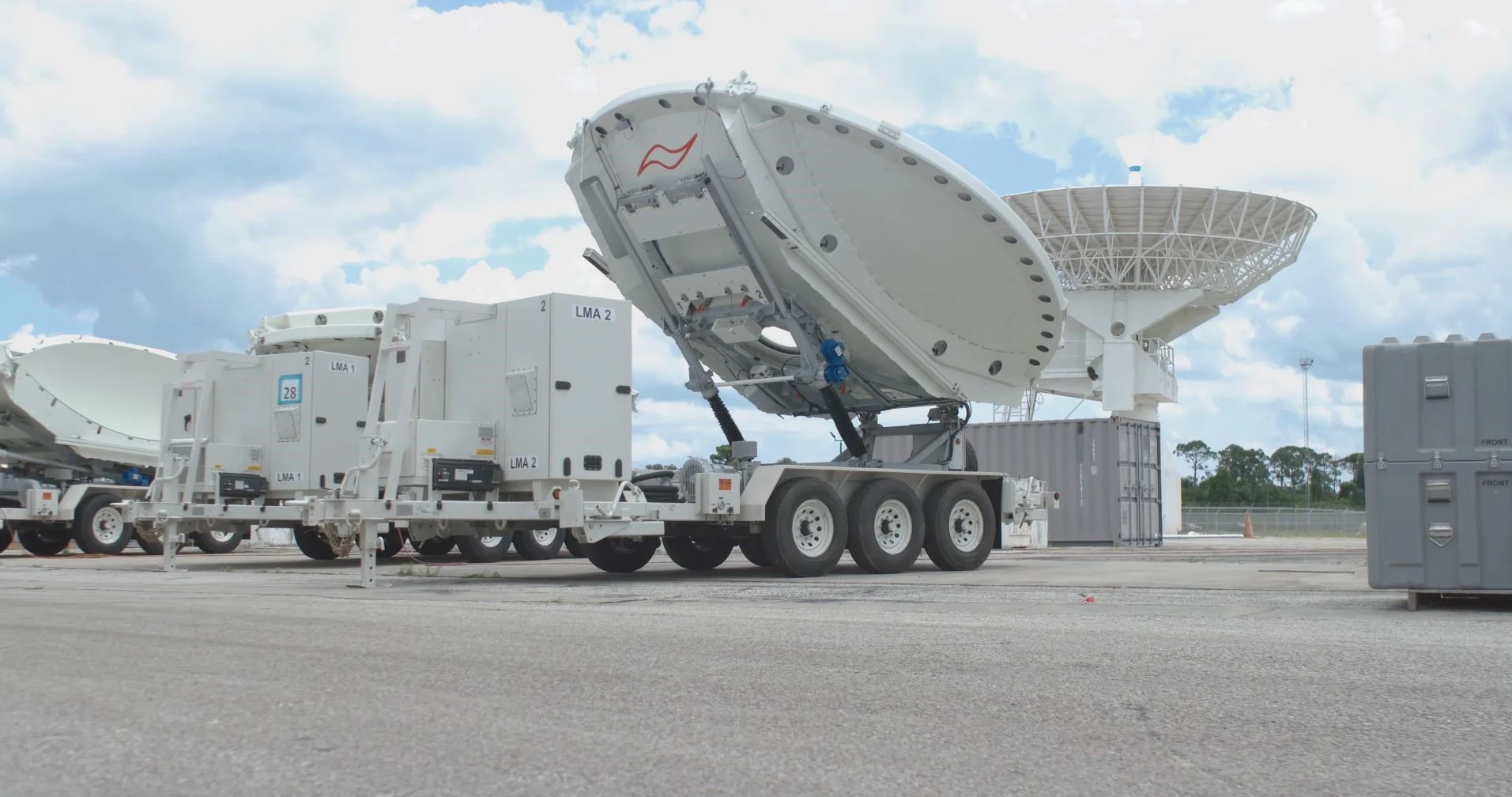
In fact, even in a publication in a Western outlet, it is directly stated that the main targets of this system are russian and Chinese satellite constellations. Specifically, this refers to the military satellite radio system, which in russia are represented by a significant number of spacecraft, including the Rodnik-S series (similar to the civilian Gonets-M) and the Meridian-M relay satellites.
Additionally, systems like Meadowlands are intended to impact satellite navigation as well. It’s important to remember that russia has its own GLONASS, while China has BeiDou.
Read more: Ukrainian Army Creates Experimental Units to Test Innovative EW Systems





